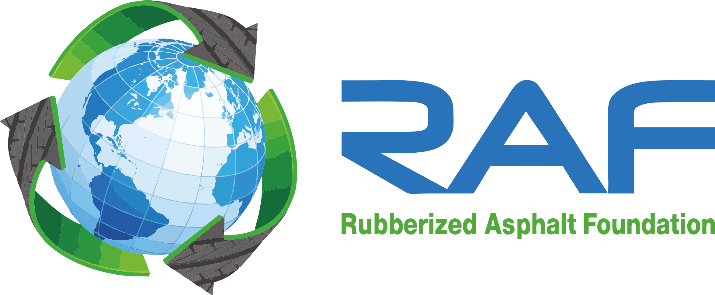The Florida Department of Transportation (FDOT) recently placed four test sections using the new PG 76-22 (ARB).
- US 19 – Hernando County (450 tons)
- US 19/US 27 – Jefferson County (500 tons)
- SR 20 – Leon County (800 tons)
- SR 704 – Palm Beach County (450 tons)
Find out what Bituminous Engineering Specialist Tanya Nash had to say about the testing, and view her summary of the findings.
What were you looking for and monitoring in the project?
Prior to the project, the binder is sampled at the time the transport is loaded. This sample was split between the supplier and the FDOT for testing based on the requirements in the new July 2013 specification. The binder was sampled again sometime during the project. For the first three projects, the plant opted to pump the binder directly from the transport. For the fourth project, the plant had pumped the binder into their storage tank. The binder sample taken during the project is to check for possible cross-contamination and the effects on the binder properties.
During construction, we are looking for constructability issues – pumpability through the plant, workability of the mix, compaction (effort and issues), and temperatures. All the typical construction practices were monitored for possible differences in handling and indicators of performance.
With the new spec, what is the main goal or problem to solve? Why the change?
The updated rubber binder specification is to allow the department to use the same amount of ground tire rubber – if not more – as it has in the past. The previous specification for FDOT rubber binder (ARB-5 and ARB-12) was a basic “dump and stir” methodology. There was no real performance indication of either binder. The only property that was monitored was viscosity and that was not really telling us much.
Over time, polymer modified (SBS) binders have become the “gold standard” of performance binders for the department, typically a PG 76-22. Therefore, the idea of being able to create a binder that could compete in performance – but using ground tire rubber – became the new goal for the FDOT. The July 2013 specification is geared more toward performance-based specifications. The idea is to use the ground tire rubber and get a performance binder out of it at the same time. The option to polymer modify the PG 76-22 (ARB) has also been added. This allows the polymer and the ground tire rubber to work together to create a performance binder.
The number one complaint the industry has about using rubber binder is the issue of settlement in the storage tanks at the plant. With this, the department now has a separation requirement for PG 7-22 (ARB) in hope to help alleviate this problem.
How many projects will use the new spec this year? Each year?
It is hard to say how many projects will use the new binder. For existing projects, the contractor will have the option to change from ARB-5 or ARB-12 to the new PG 76-22 (ARB) at no cost to the department. It’s hard to say if it would be cost efficient to the contractor to do so, but the intent is for projects from July 1, 2013 and on is for PG 76-22 (ARB) to replace the use of ARB-5 and ARB-12. The PG 76-22 (ARB) and PG 76-22 (PMA) will not be freely interchangeable at this time. Ultimately, the department is heading in a market driven direction and will just specify a PG 76-22 modified binder, with the process of modification up to the contractor.
The FDOT produces approximately 5 million tons of hot mix asphalt a year. As a rough approximation, about 60 percent of the 5 million tons uses modified binder, SBS or GTR. Of that 60 percent, about 15 percent of the tonnage is GTR.
